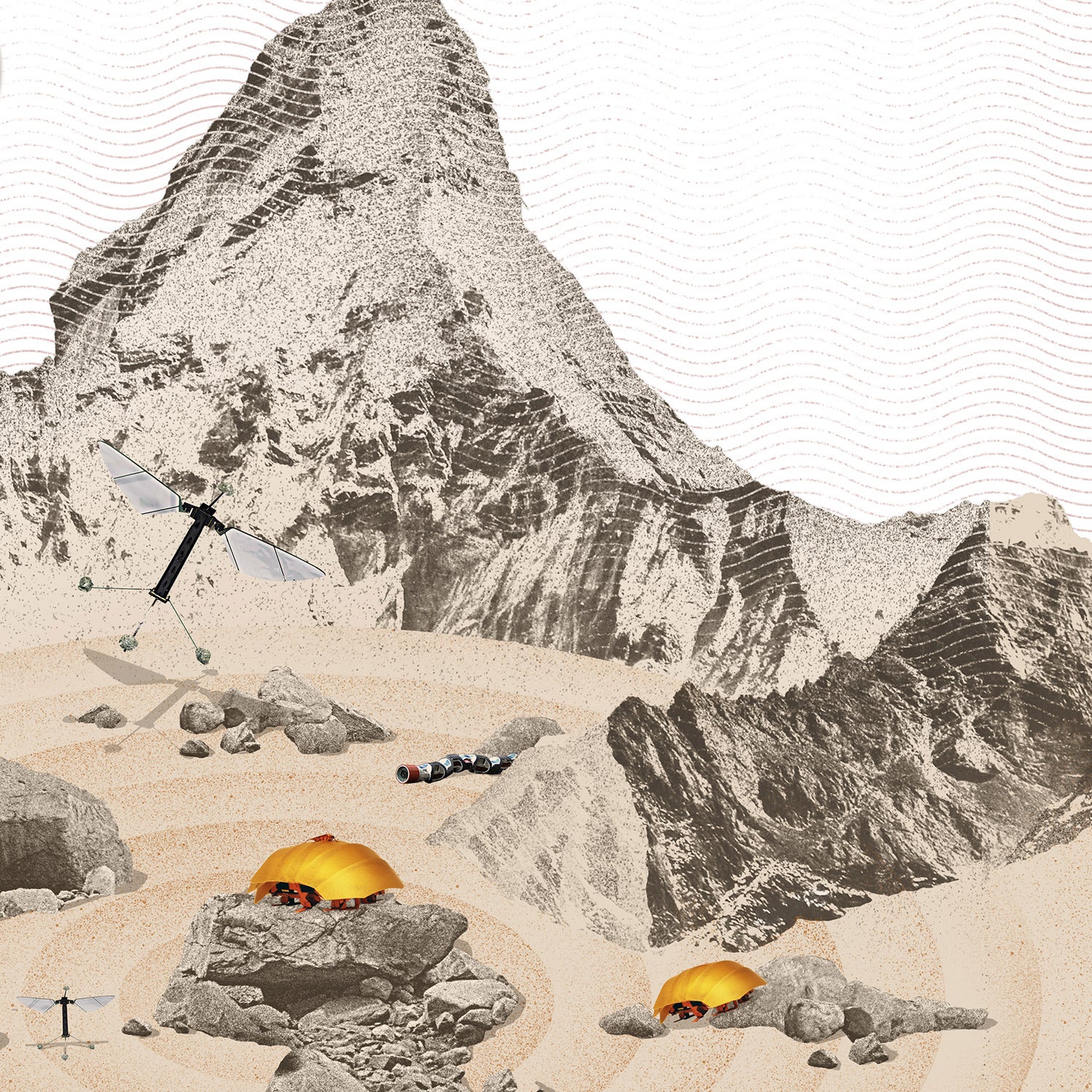Drones and unmanned ground vehicles since the Twin Towers fell 16 years ago. But engineers have yet to manufacture a robot that can withstand the elements, navigate unpredictable terrain, and send data to disaster-response coordinators. Now they’re looking to the animal kingdom for inspiration. “Insects are the most successful organism on earth,” says biologist Bob Full, head of the University of California at Berkeley’s pioneering . “Their design ideas could be useful.” Advancements in 3-D printing and artificial intelligence have led to a flurry of small, nimble bio-inspired prototypes. The timeline for deploying the tech is hazy, but emergency-response experts are confident that the next time a disaster like the 2015 earthquake in Nepal strikes, bots will save lives. “Determining the safety of a collapsed structure and locating survivors is always our first objective,” says Sam Stover, a search and rescue team manager with , part of a 28-squad group deployed all over the country by the . “Having this type of technology will be invaluable.”
RoboBees
Harvard researchers drew on bee biology to develop a “perching” technique that uses electrostatic adhesion—similar to the static created by rubbing a balloon on your hair—that will allow tiny to alight on walls and ceilings and assess earthquake-damaged infrastructure.
Snakebot
Created by researchers at Carnegie Mellon University, the can move through tight entry points and packed rubble to locate and communicate with trapped survivors via camera and microphone. Artificial intelligence enables it to sense its environment and react accordingly, guiding its 16 independently moving parts.
CRAM Cockroach
The is made partially of 3-D-printed soft plastic and can squeeze down to a fraction of its size. It’s cheap—just $10—and, equipped with cameras, an army of them could help locate victims in collapsed buildings.


